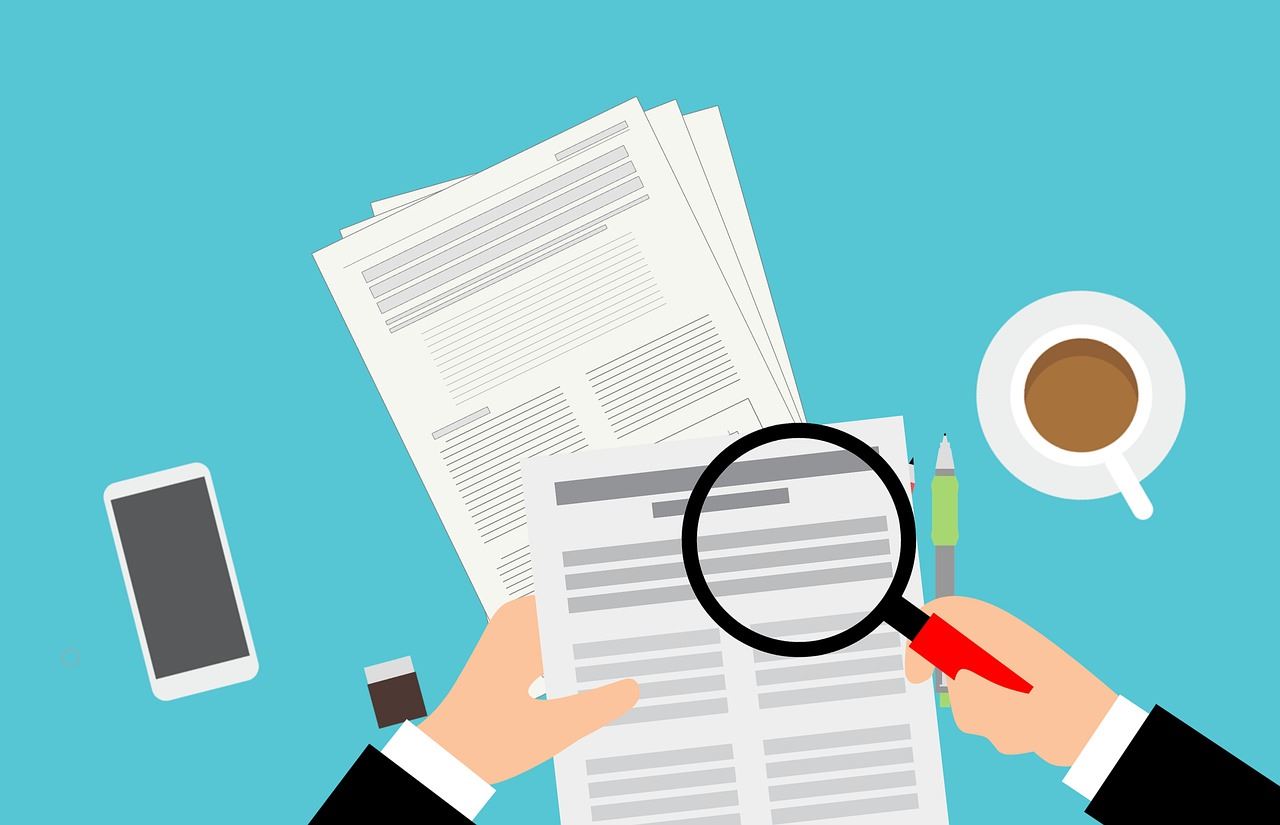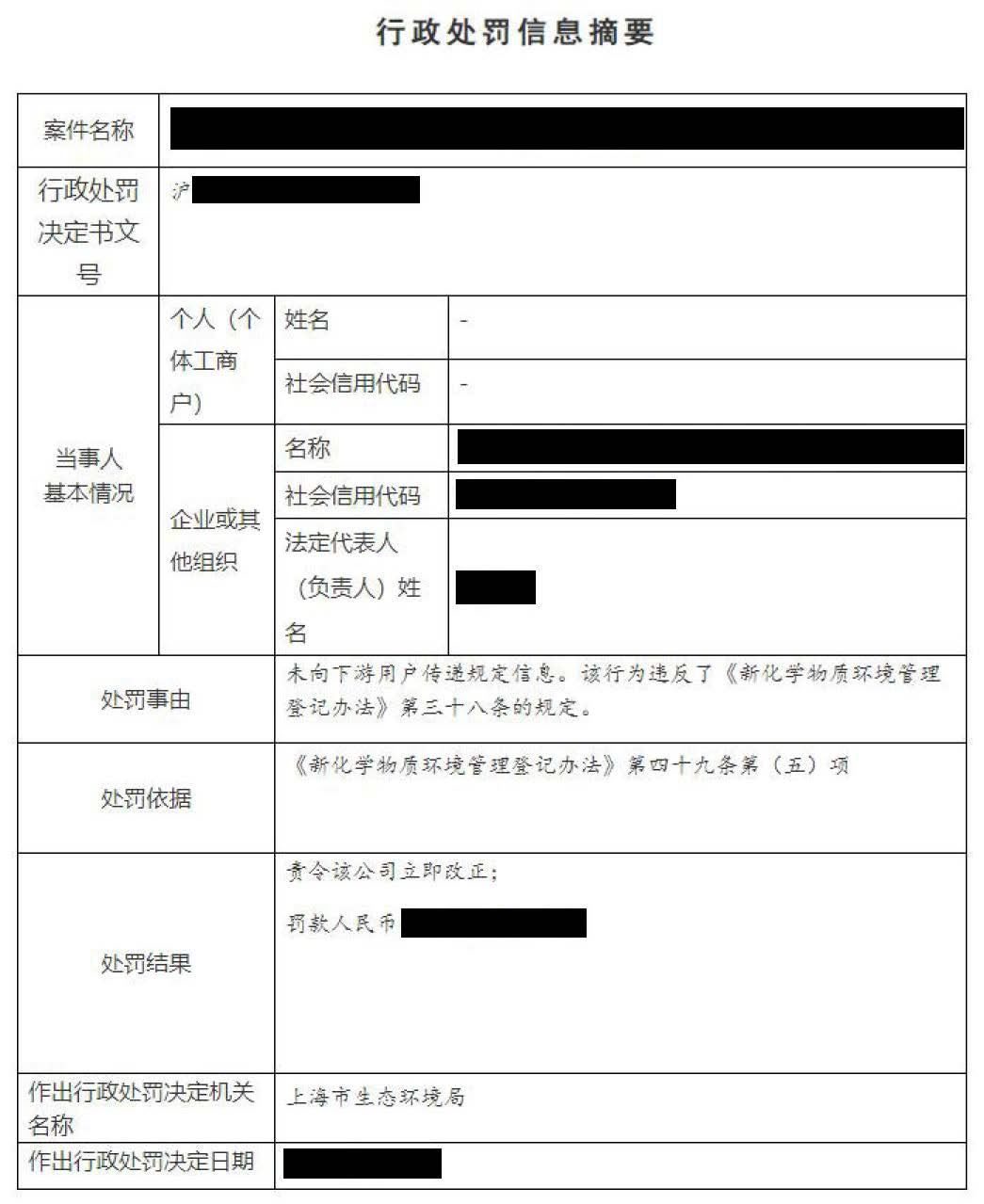
On February 7, 2021, the Shanghai Municipal Bureau of Ecology and Environment released a notice regarding Strengthening the Supervision of Enterprises in the Environmental Management of New Chemicals. In the notice, the Bureau mentioned that it is to enhance the daily environmental management of new chemicals, improve the on-site supervision of environmental enforcement on new chemicals, implement policies and regulations on new chemicals and conduct law enforcement inspections annually.
The inspection team consists of competent departments at the regional level, enforcement units at the municipal and regional levels, and third-party expert institutions. The law enforcement inspections are divided into three stages:
- Early-stage preparation,
- On-site inspection, and
- Processing of inspection results.
I. Early-stage Preparation
Before enforcement inspections are conducted, the following preparations must be made to enhance the efficiency of on-site inspections.
First, phone calls and email contact with enterprises should be made to confirm and verify the name of the registration certificate holder, physical activity address, contact person, contact information, and the status of certificates (such as change and revocation). This is based on the list of enterprises involving new chemicals in Shanghai and the local supervisory information system on new chemicals.
Secondly, online training should be conducted before the inspections, to standardize the environmental management of new chemicals and further implement the main environment and security responsibilities of enterprises.
Finally, information on enterprises should be collected and pre-checked, including the registration certificates of new chemicals, the annual report, the first activity report, SDSs, and the list of chemicals.
II. On-site Inspection
In the first step, the inspection team will notify related enterprises of its inspection schedules for enterprise confirmation. During the on-site inspection, the inspection team should make a brief introduction to themselves and present Certificates of Enforcements and the Confidentiality Undertaking (committing not to disclose their commercial confidentiality when enterprises have requested). Then, enterprises should introduce their management systems on new chemicals, management status, and the status of certificates they held.
Then, an on-site inspection should be conducted. The inspections mainly focus on whether enterprises have fully registered their substances and whether enterprises have fully implemented the risk management measures. The inspection team will randomly select one or two registration certificates from each enterprise and fill in the On-site Inspection Form for Environmental Management of New Chemicals.
Lastly, the three parties involved in the inspection team should all sign for confirmation after the inspection.
Key points of the on-site inspection:
- Check whether enterprises have completed environmental management registration of new chemical substances as requested. Inspections can focus on the following aspects:
- Check the list of chemicals, operation ledger, or relevant records, certificates, and documents (including environmental impact assessment, safety assessment, and pollution discharge license);
- Make field inspections of the production, processing, use, and storage of chemicals, and acquire details from relevant employees;
- Ask enterprises to supplement information on chemicals and make sampling analyses when necessary; and
- Randomly select chemicals based on the identification information such as chemical names and CAS numbers and identify circumstances that fail registration and management of new uses with the assistance of local regulatory systems. Substances that cannot be identified should be reported to the Solid Waste and Chemicals Management for confirmation.
Check the authenticity of the registered substances and the implementation of the substances contained in the registration certificate. Inspections can be conducted from the following aspects:
- Check materials including the business license, registration certificates, record receipts and dossiers concerning registration and record, ledgers of registered or recorded substances (or relevant records), and operation ledger of pollution control facilities involving registered substances;
- Check the production workshops of chemicals, raw materials, and product warehouses, operation of pollution control facilities, and acquire details on registered substances or recorded substances from relevant employees;
- Check the implementation of environmental risk control measures based on the environmental risk assessment reports by randomly selecting chemicals that have been registered or recorded. For registered substances with a defined emission or defined emission concentration, on-site sampling monitoring may be conducted when available; and
- Check the implementation status, including information transfer, activity records, data retention, the first activity report, annual report, information publicity, new hazards information, and environmental risk reports.
III. Processing of inspection results
Judgments on whether there are illegal activities should be made based on the on-site inspection results and the follow-up data supplementation:
- Substantive violations should be transferred to regulatory authorities and penalties should be imposed based on the circumstances of the violation;
- If the circumstances are minor, enterprises should make rectifications by themselves; and
- Cases that are difficult to settle should be reported to the Shanghai Municipal Bureau of Ecology and Environment and then further submitted to the Ministry of Ecology and Environment.
IV. Illegal Activities
Case One: Production of new chemical substances without relevant registration certificates
During the on-site inspection, the inspection team discovered that an enterprise was using substances that had not undergone regular registration, simplified registration, or been recorded.
In accordance with the Measures for Environmental Management Registration of New Chemical Substances (MEE Order 12), chemicals that are not listed in the Inventory of Existing Chemicals in China (IECSC) must undergo environmental management registration of new chemicals, with the exception of certain new chemicals and radioactive substances. In this case, after checking the IECSC, the law enforcement team confirmed that the substances used by the enterprise did not have registration certificates or meet the exemption circumstances. Therefore, they launched an investigation into this enterprise.
Case Two: Failure to transfer necessary information to downstream users
The inspection team made administrative punishments to enterprises failing to transfer relevant information to downstream users. In accordance with Article 38 of the MEE Order 12, producers, importers, and processing users of new chemical substances shall be responsible for informing downstream users of any necessary information. In accordance with paragraph 5, Article 49 of the MEE Order 12, whoever fails to transfer the specified information to downstream users, or refuses to provide relevant information on new chemicals is ordered to make a correction within a specified time limit and receive a fine. Below is an example of an Administrative Punishments Abstract Table.

Source: Shanghai Municipal Bureau of Ecology and Environment
Case Three: Production of new chemicals that have not been recorded
In this case, during the on-site inspection, the inspection team found that the products contained new chemical substances. However, the enterprise did not provide any documents proving that their products have made environmental management registrations or records of new chemicals.
In accordance with Paragraph 1, Article 49 of the Measures, whoever fails to apply for the record, fails to produce or import new chemical substances according to the recorded information, or processes and uses new chemical substances that have not been recorded, shall be ordered to make a correction within a time limit and receive fine.
However, as this enterprise completed the record of the environmental management of new chemicals soon after and the violation did not result in substantive hazards, the competent departments didn’t make administrative punishments on the enterprise.
If you need any assistance or have any questions, please get in touch with us via service@hfoushi.com.
Further Information
How to Comply with Law Enforcement Inspections on New Chemicals in Shanghai (Part I)

